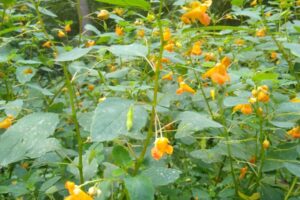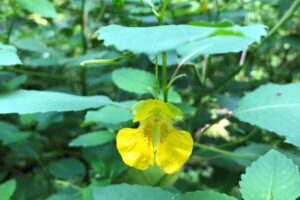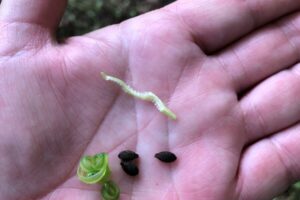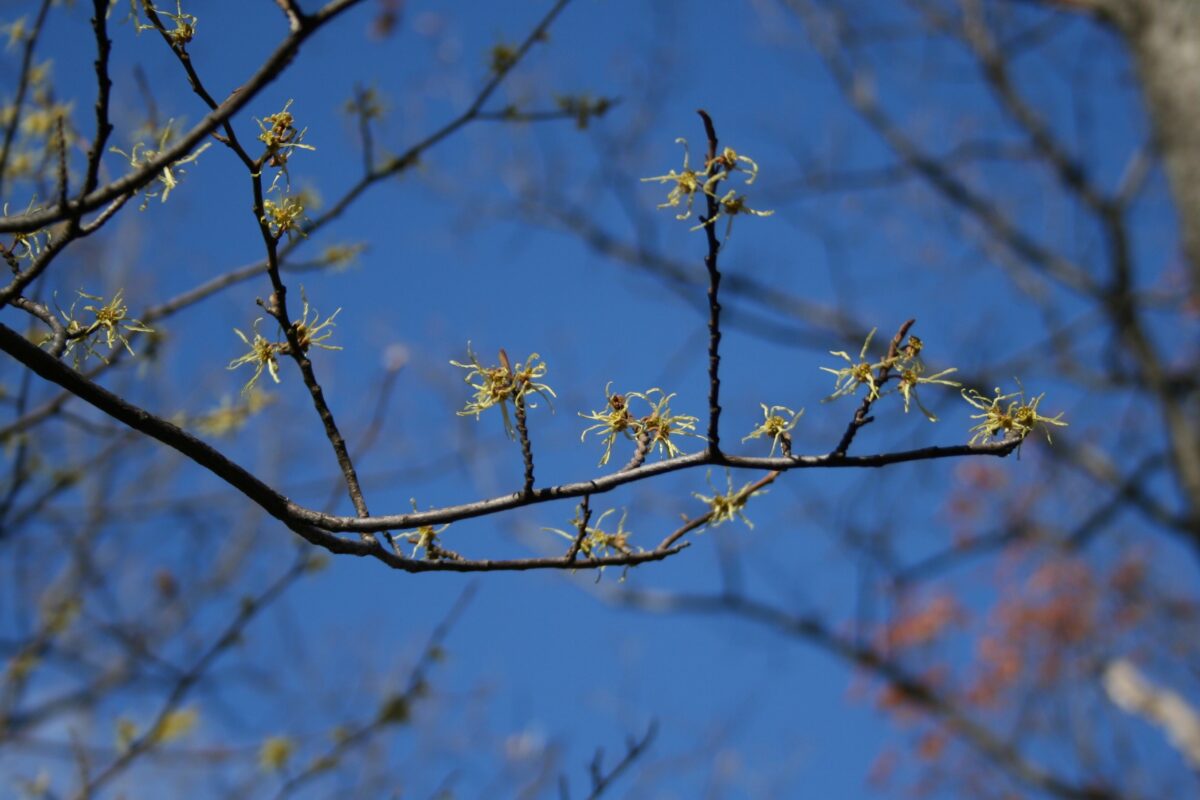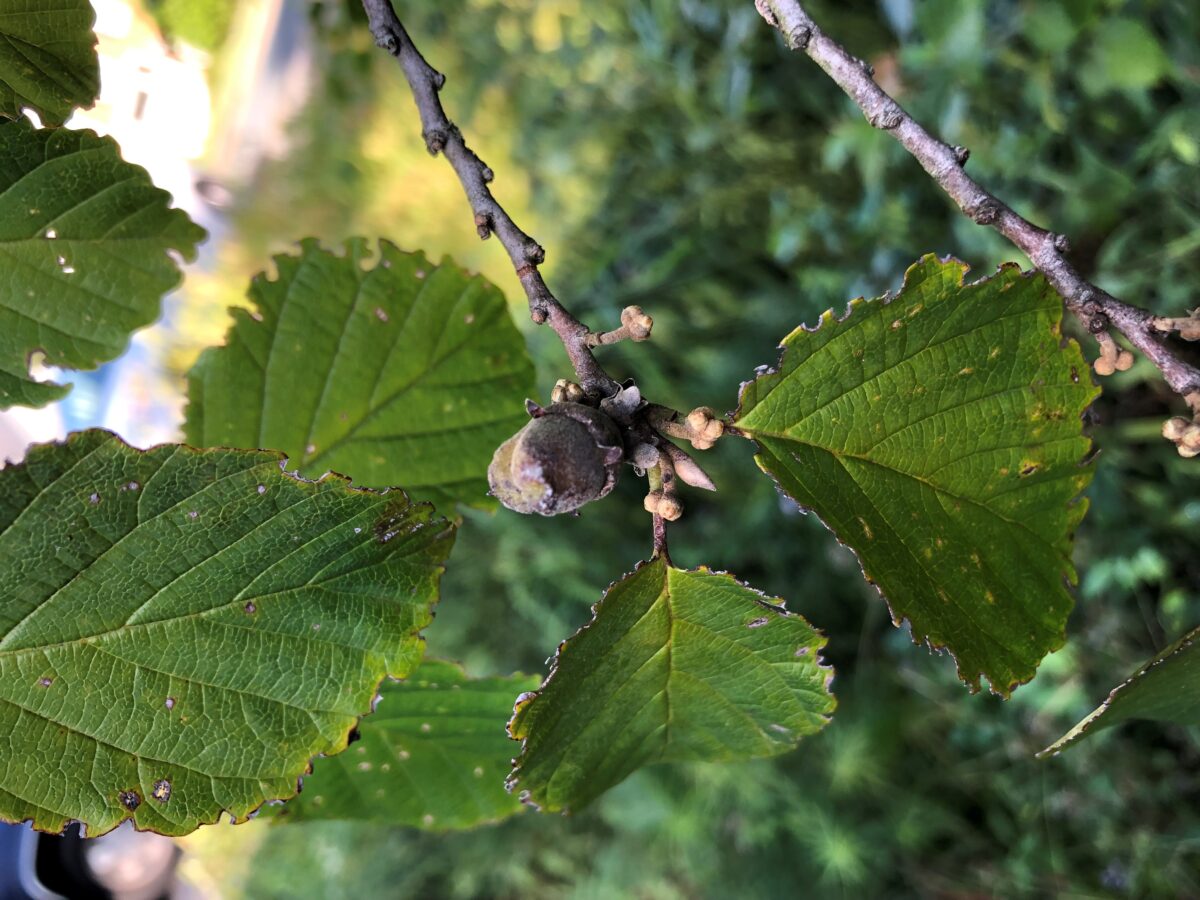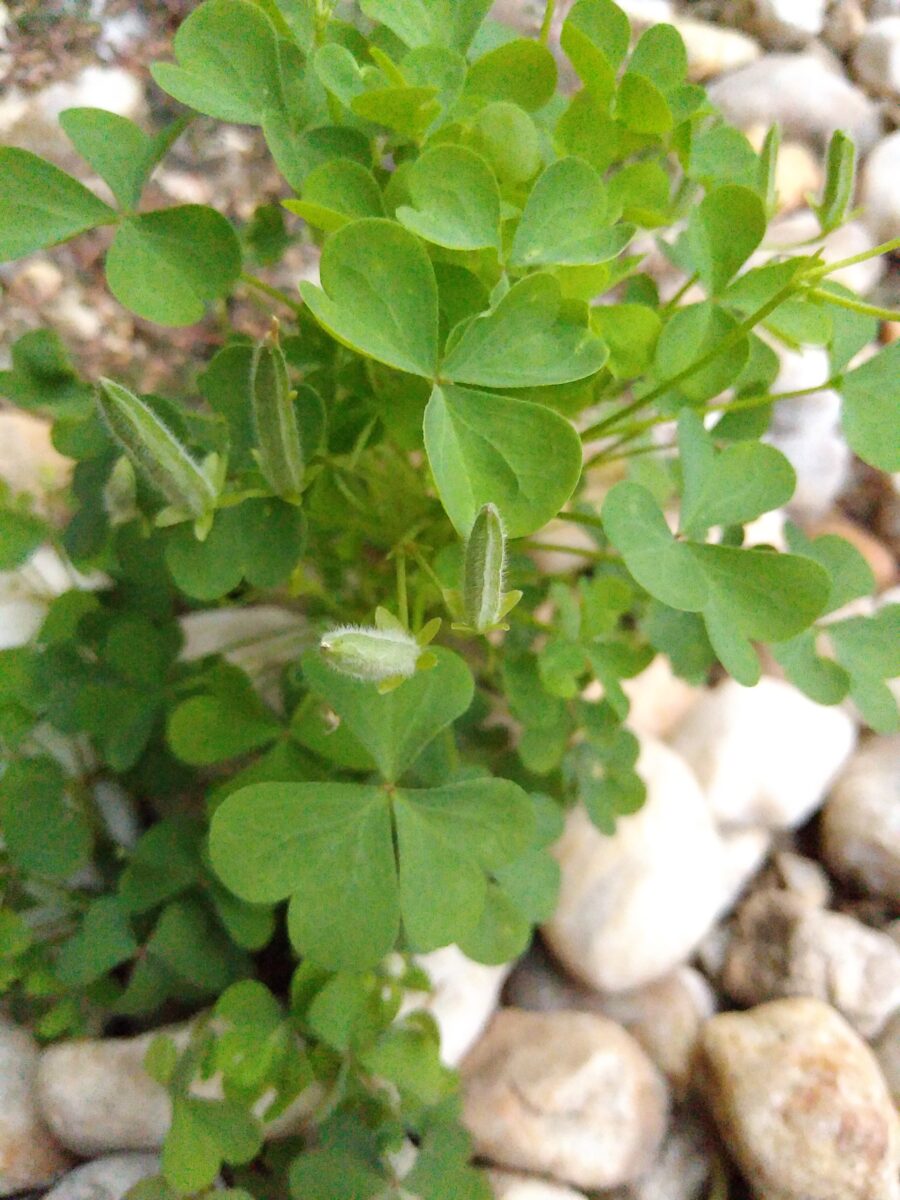Far-Flung Seeds
September 21, 2022 8:58 am
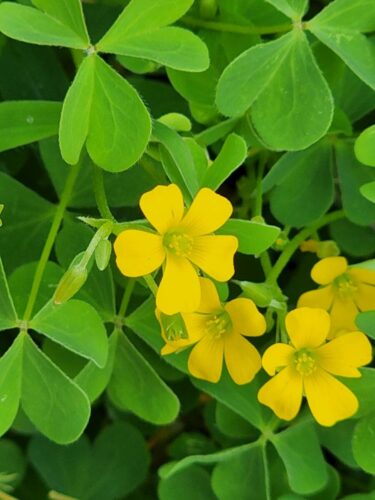
By Ellen Powell, DOF Conservation Education Coordinator
Plants are endlessly fascinating. Not only do they make their own food out of water, air, and light, but some lead exciting lives that put James Bond to shame. Theirs is a world of hostile takeovers, pollination trickery, chemical warfare, and ingenious travel methods.
I may have a minor obsession with how seeds move from place to place, given that this is my third post dealing with the subject. (See Hitchhiking Seeds and The Ant-Plant Connection.) Today’s featured seed travel mode is forcible expulsion, otherwise known as ballistochory, or explosive dehiscence.
For a plant, ejecting seeds is a good way to make sure that offspring are not directly competing with the parent plant. In seed-shooting plants, mechanical tension builds within the fruits as the seeds mature. In some species, water pressure builds this tension, while in others, the fibers pull against each other as pods dry. Some plants project their seeds only a few feet, while others send them flying much farther. The tropical sandbox tree is nicknamed “dynamite tree” for its loudly exploding pods that shoot seeds more than 100 feet, at 150 miles per hour!
Fortunately, our local ballistochores aren’t that hazardous. If you’ve ever walked through a mass of chickweed in spring, you might have heard and felt the tiny seeds popping around your ankles. Below are some other common seed shooters you might encounter in your yard or local woodland.
The exploding seed pods of our native jewelweeds (Impatiens species) have earned them the nickname “touch-me-nots.”
- A patch of orange, or spotted, jewelweed
- Yellow jewelweed flower closeup
- Jewelweed seeds with exploded seed pod
Witch hazel (Hammamelis virginiana) is a small tree or large shrub of woodland understories. It not only has the unusual habit of blooming as late as November, but it can launch its seeds 30 feet or more.
- Witch hazel blooms
- Seed capsule
Wood-sorrels (Oxalis species) are common lawn weeds. You might also know them as sourgrass, so named for the tangy, edible leaves. (The leaves may remind you of clover, but the plants are not related.)
- A patch of yellow wood-sorrel
- Cylindrical seed capsules
Jumpseed (Persicaria virginiana) waves its wandlike flowering stems from the edges of woodland trails this time of year. Brushing past them in the fall will result in the ejection of tiny seeds.

Jumpseed in flower; seeds come later.
As you may have read in a previous post, violet seeds are transported by ants. But as extra insurance, violets first flick their seeds away. To see it happen in slow motion, check out this video from The Smithsonian Channel. Want to see ballistochory in real life? Jewelweed (especially the orange variety) is common throughout Virginia in moist, partly shady areas such as streamsides, and wood-sorrel is probably growing in your yard right now.
Studying seed dispersal is a fun outdoor activity for kids. Project Learning Tree® offers a free, downloadable activity called Have Seeds, Will Travel. Late summer and early fall are perfect times to take the whole family out to seek – and maybe dodge – some seeds!
Tags: Native Species, Woodland Plants
Category: Education

